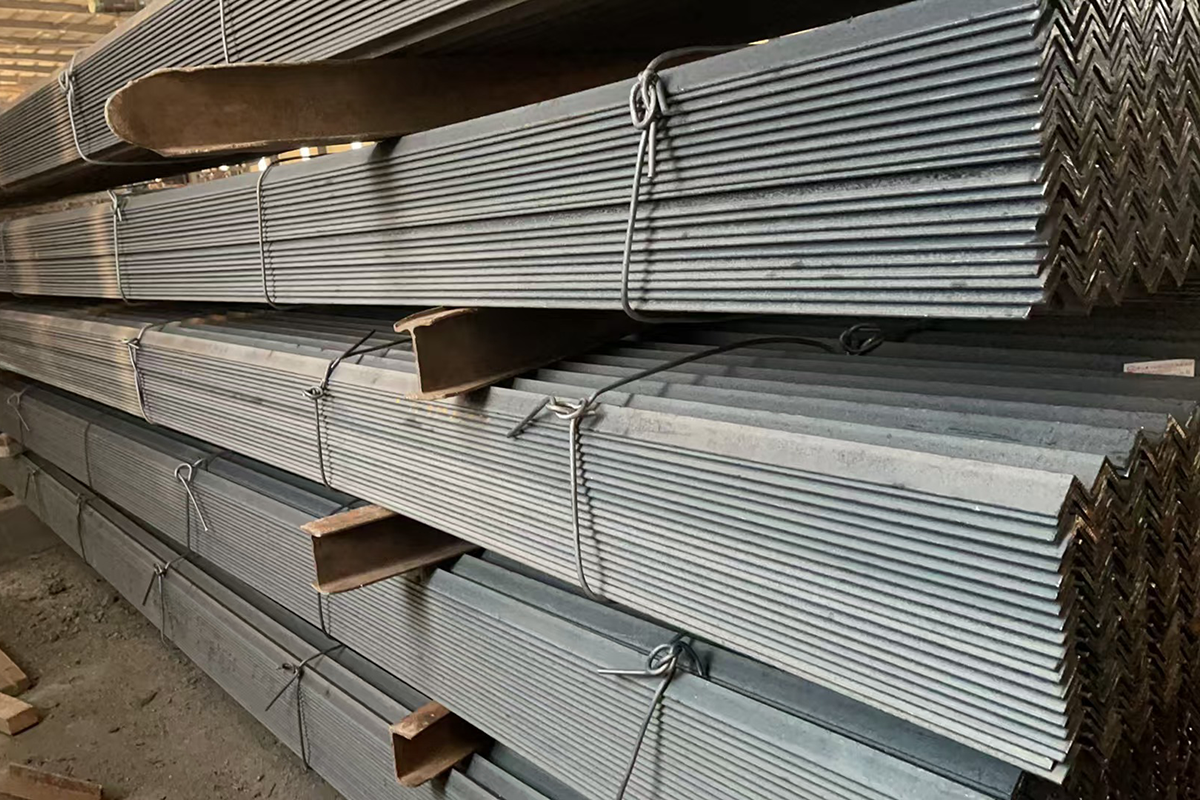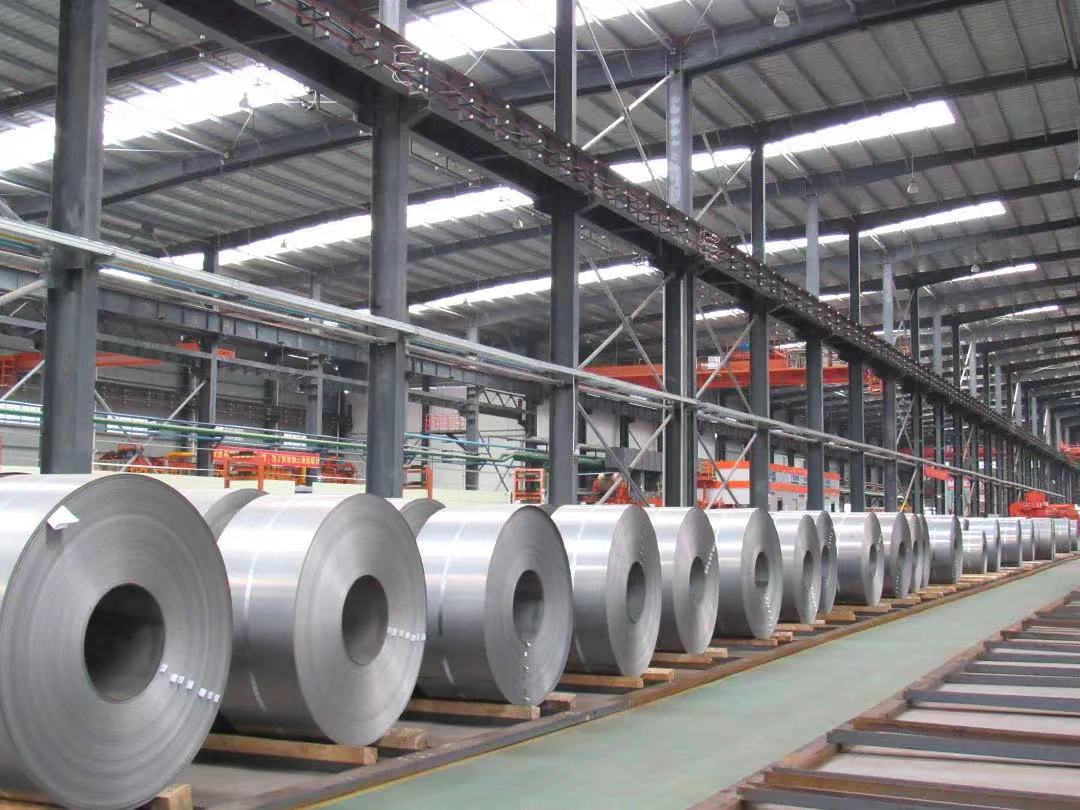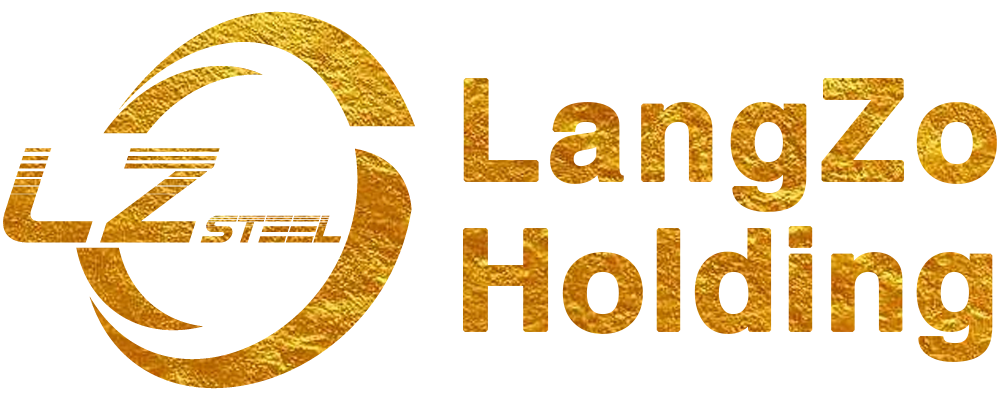
Galvanized angle steel is a widely used structural steel with exceptional corrosion resistance and strength. It comes in two types: hot-dip galvanized angle steel and cold-galvanized angle steel. Hot-dip galvanizing, also known as hot-dip zinc coating, provides a robust protective layer, while cold galvanizing uses electrochemical principles to ensure close contact between zinc powder and the steel surface for effective anti-corrosion.
Types of Galvanized Angle Steel
- By Process
- Hot-Dip Galvanized Angle Steel: Commonly found in the market, this type undergoes a process that provides uniform zinc coating with superior adhesion.
- Cold-Galvanized Angle Steel: Customized based on user needs, it is created using a cold galvanizing method.
- By Shape
- Equal Angle Steel: Features equal-length edges, offering balanced structural properties.
- Unequal Angle Steel: Designed with varied edge lengths to suit specific construction requirements.
Key Benefits of Galvanized Angle Steel
- Cost Efficiency
The hot-dip galvanizing process offers cost savings compared to other coating methods, making it an economical choice for large-scale applications. - Durability
Hot-dip galvanized angle steel delivers exceptional corrosion resistance with a uniform zinc layer that ensures long-lasting protection:- 50+ years in suburban environments without maintenance.
- 20+ years in urban or coastal areas under standard conditions.
- Reliability
The metallurgical bond between the zinc coating and steel ensures high durability, making the protective layer a permanent part of the steel surface. - Strength and Toughness
The unique metallurgical structure of the zinc layer resists mechanical damage during transportation and installation. - Comprehensive Protection
Every part of the steel, including recesses, sharp corners, and hidden areas, is uniformly coated for full coverage. - Efficiency in Application
The galvanizing process is faster than other coating methods, reducing installation time and avoiding on-site painting after assembly.





